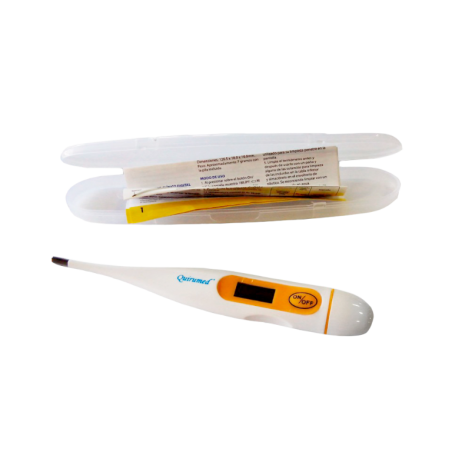Accurate estrus detection can improve sow conception rates and increase swine production efficiency. Unfortunately, current practices based on individual animal behavior may be inefficient due to large sow populations at commercial farms and the associated labor required. Therefore, the study objective was to characterize body temperature and activity changes in replacement gilts at the onset of estrus in order to provide initial data to develop a remote estrus detection system for commercial swine operations. Twelve replacement gilts (130.2±1.9 kg BW) were administered altrenogest to synchronize estrus, and data loggers that detect vaginal temperature (TV) and quantify total activity 24 h/d in 5 min intervals were attached to a blank controlled internal drug release device and inserted intra-vaginally for 7 d prior to expected estrus. Activity was quantified as counts per minute (cnt/min) using an internal accelerometer. During the 7 d of monitoring, gilts were checked for estrus twice daily (0800 and 1500 h) by two trained individuals. To standardize data, only the day of estrus detection (dE) and the 3 d prior (d−3, d−2, d−1, n =4 total days) were used in the final analysis since gilts came into estrus on different days.
Overall, TV was reduced (0.26 °C) on dE compared to the previous 3 d; however, no differences were detected between d−3, d−2, and d−1. Activity was increased (37.8%) on dE compared to d−3 and d−2, but no differences were detected between dE and d−1.

In summary, TV was reduced and activity was increased at the onset of estrus in replacement gilts. Indwelling data loggers can accurately determine temperature and activity in pigs.
Jay S. Johnson, Kevin A. Shade. Characterizing body temperature and activity changes at the onset of estrus in replacement gilts. Livestock Science. Volume 199, May 2017, Pages 22–24. https://doi.org/10.1016/j.livsci.2017.03.004





